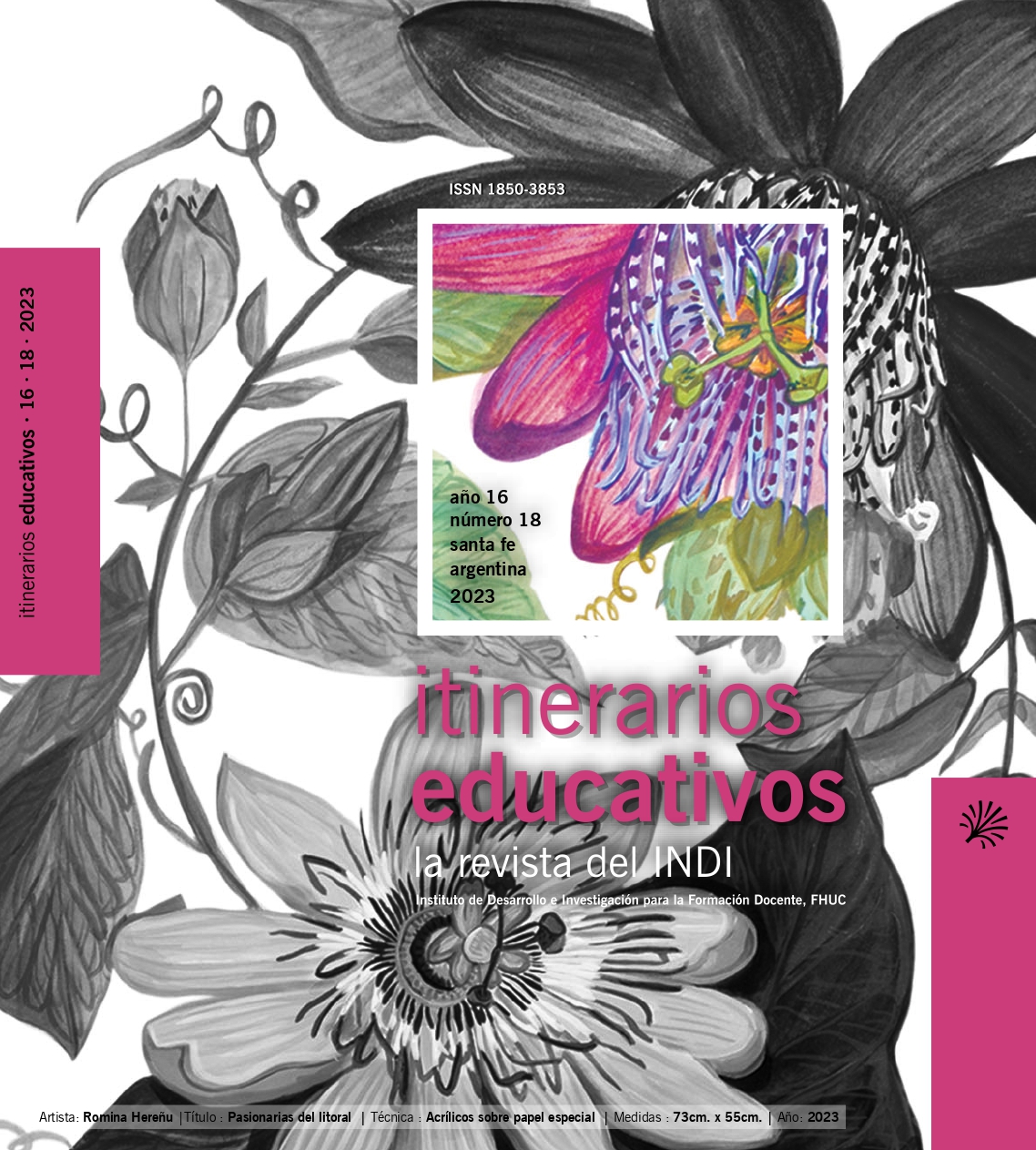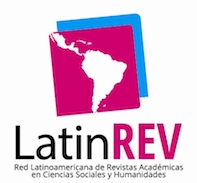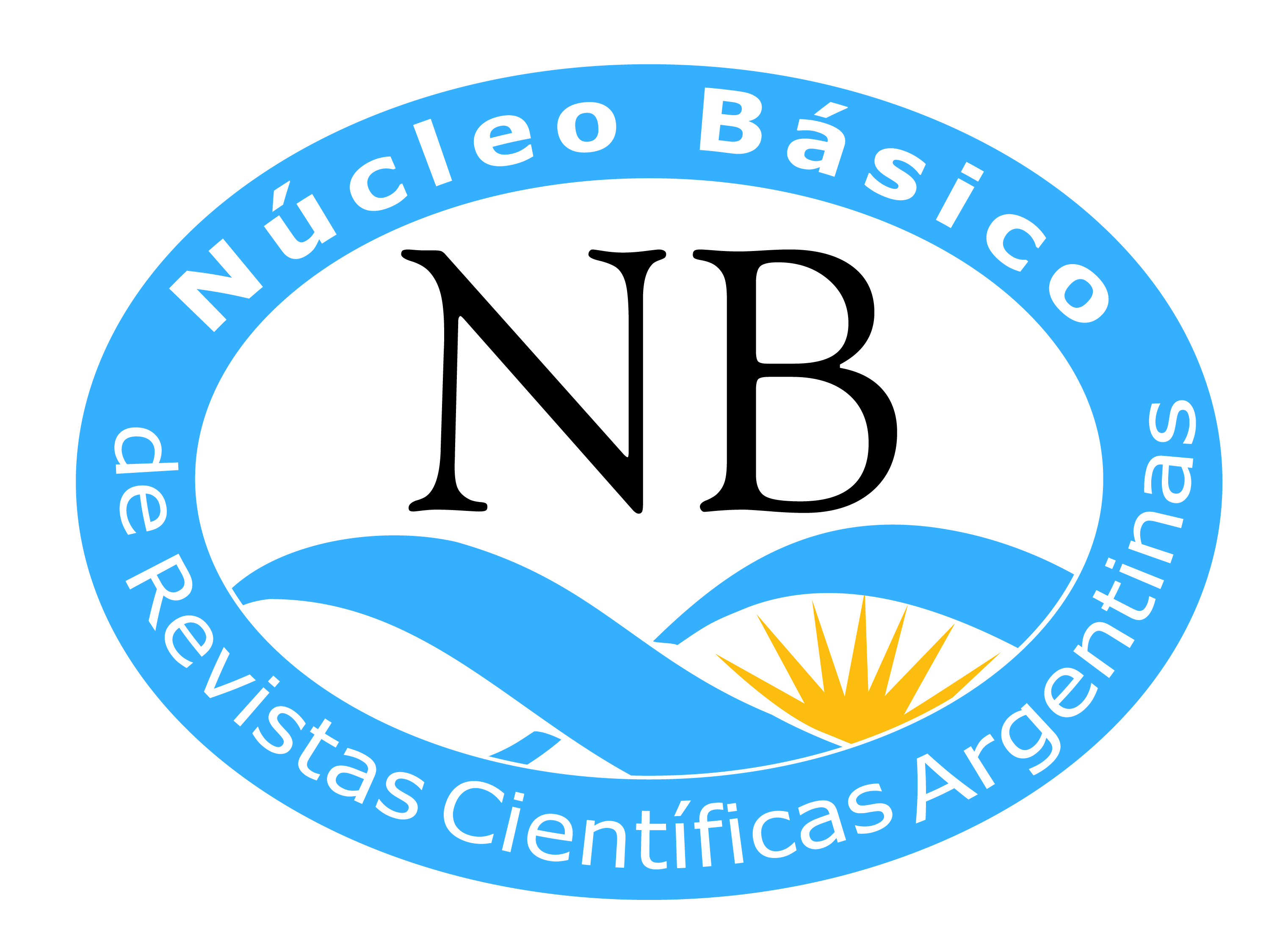Holocaust memories in times of pandemic. Research and learning in high school adolescents
DOI:
https://doi.org/10.14409/ie.2023.18.e0051Keywords:
memories, Shoá, pandemic, survivors, case studyAbstract
This educational experience was awarded in the year 2022. The stories presented in the contest in which we participated had to be related to the Holocaust/Shoah, and worked at some educational level in times of pandemic according to innovative and alternative modalities to the face-to-face form. This project also describes the author's experience in the teaching practice of the professorship, strengthening the training in the use of pedagogical tools provided in the last subjects of the career, with a closing of significant learning, in a limited path and enhanced, at the same time, by the conditions that the period imposed. We believe that adolescents in high school who study the Shoah can already receive historical explanations, carry out personalized research, generate some empathy towards the victims, develop interdisciplinary approaches and have direct contact with survivors. The use of the internet can develop skills and abilities that contribute to the above and sustain the pedagogical link. This 2020 experience is linked to other previous ones that have developed its pedagogical-didactic foundations. Although the teaching-learning modalities varied from time to time, they have in common the memory of the Holocaust and the importance of respect for human rights as an ethical duty.
References
Adamoli, C. (2014). Holocausto y Genocidios del siglo XX: Preguntas, respuestas y propuestas para su enseñanza. Ministerio de Educación de la Nación.
Finocchio, S., Massone, M. (2012). Entrevistas: Una propuesta de enseñanza de la historia en la cultura digital. Entrevista a Gisela Andrade y Alejandra Rodríguez sobre Múltiples voces del Bicentenario. Clío & Asociados. La historia enseñada, 1 (16), 237–243. Ver en: https://doi.org/10.14409/cya.v1i16.1727
Goldstein, Y. (2008). Dilemas Educativos en la Enseñanza de la Shoá, en Nuestra Memoria, Año XIV, n° 30.
González M. P. (2017). Investigaciones sobre la enseñanza de la historia en Argentina. (1991–2016): un campo en expansión. Clío & Asociados. La historia enseñada, (24), 8–25. Ver en: https://doi.org/10.14409/cya.v0i24.6614
Lamas, M. y Funes, G. (2014). Historia reciente e interdisciplinariedad. XV Jornadas Nacionales y IV Internacionales de Enseñanza de la Historia de APEHUN. Santa Fe. UNL.
Raynoldi, G. (2020). Construcción Curricular de los nuevos espacios del diseño secundario. El Holocausto como propuesta de Investigación del Seminario de Ciencias Sociales. Revista Itinerarios Educativos, (13), 156–166. Ver: https://doi.org/10.14409/ie.v0i13.9886
Raynoldi G. (2021). Apología de un alumno. Relato ganador en categoría adulto del Concurso Literario 2021 De Ana Frank hasta nuestros días, organizado por Casa de Ana Frank Argentina, DAIA–Santa Fe y Espacios Educativos y Editorial EUDEBA como casa publicadora. En prensa.
Santisteban Fernández, A. (2010). La Formación en Competencias de Pensamiento Histórico. Clío & Asociados. La historia enseñada, 1 (14), 34–56. Ver en: https://doi.org/10.14409/cya.v1i14.1674
Published
How to Cite
Issue
Section
License
Those authors who have publications with this magazine, accept the following terms:
The authors will retain their copyright and guarantee the journal the right of first publication of their work,
which will be simultaneously subject to the Creative Commons Recognition License that allows third parties to share
the work whenever its author and first publication this magazine.
Authors may adopt other non-exclusive licensing agreements for the distribution of the published work (eg, deposit
it in an institutional telematic file or publish it in a monographic volume) whenever the initial publication in this
journal is indicated.
Authors are allowed and advised to disseminate their work through the Internet (eg, in institutional telematic files
or on their website) before and during the submission process, which can produce interesting exchanges and increase
citations of the published work. (See The effect of open access).
















